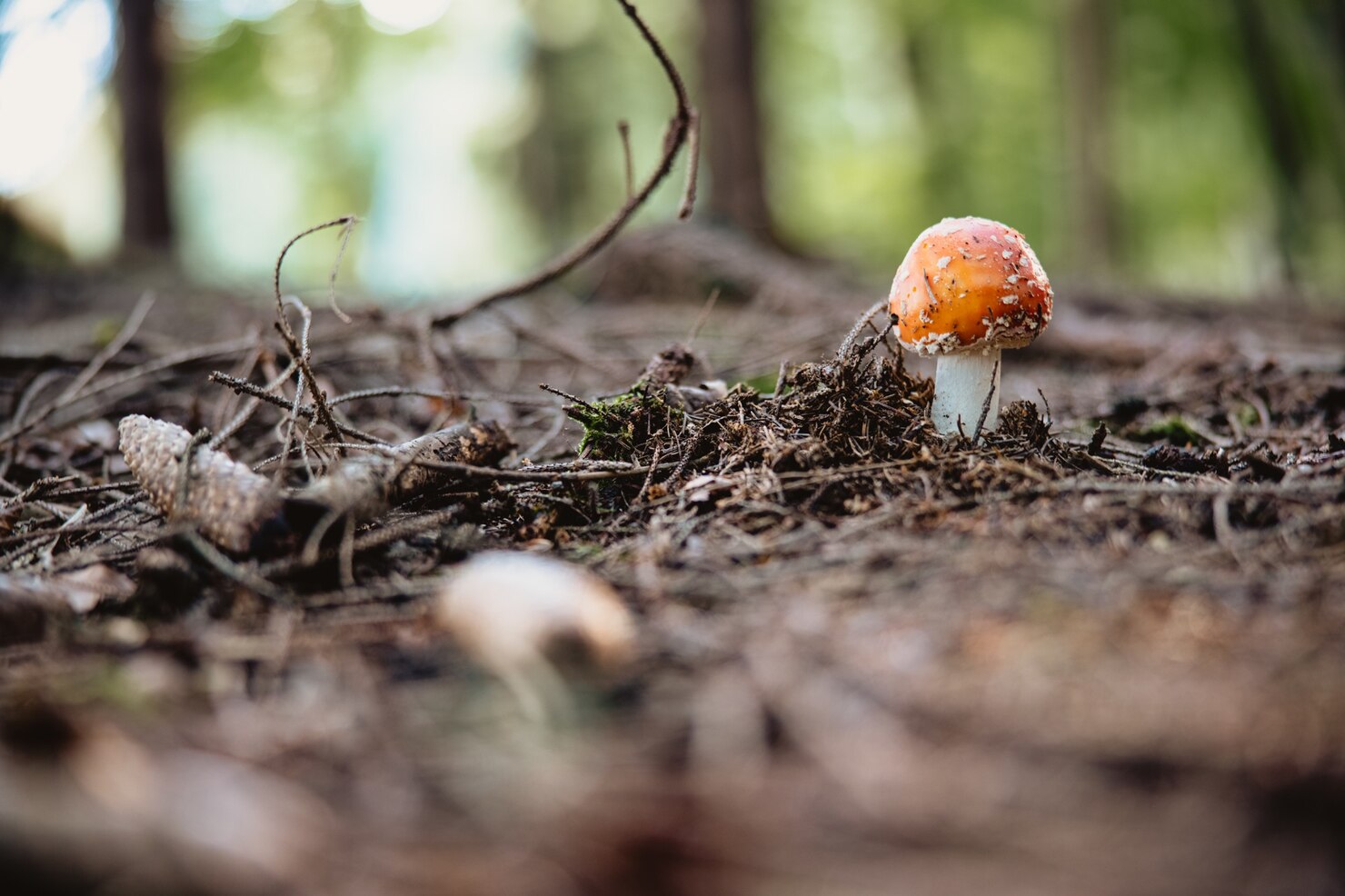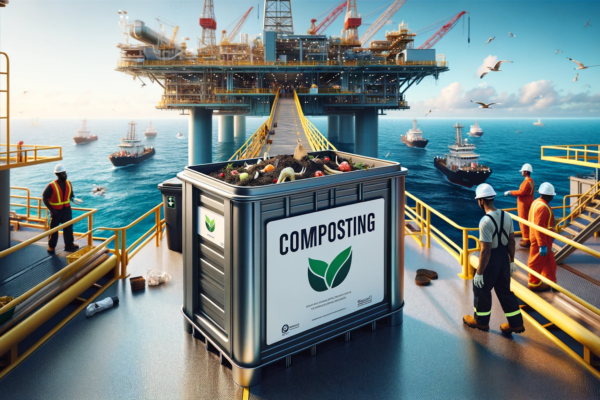Unlock the Secret Superfood for Your Garden: Mushroom Compost!
In the realm of sustainable gardening, the quest for natural, effective solutions to enhance soil health and productivity is never-ending. Among the myriad of options, one stands out not just for its efficacy but for its remarkable sustainability: mushroom compost. Often hailed as a garden’s secret superfood, mushroom compost is a treasure trove of benefits waiting to be unlocked by sustainability professionals and gardening enthusiasts alike.
What is Mushroom Compost?
Mushroom compost, often referred to as spent mushroom substrate, is a byproduct of the mushroom farming industry. It’s composed of organic materials like straw, poultry manure, and peat, which have been used as a growing medium for mushrooms. After the mushrooms have been harvested, the remaining material is pasteurized to kill any pathogens, resulting in a nutrient-rich compost that’s ready to breathe life into your garden.
The Environmental Benefits of Mushroom Compost
Mushroom compost stands at the intersection of waste management and sustainable gardening. Its production epitomizes the circular economy, transforming agricultural and industrial byproducts into a valuable resource. This not only reduces waste but also lessens our reliance on chemical fertilizers, which are often derived from non-renewable resources and can have detrimental effects on the environment.
Nutritional Profile: The Superfood Status
Mushroom compost is packed with nutrients essential for plant growth, such as nitrogen, phosphorus, and potassium, along with a host of micronutrients. Unlike synthetic fertilizers that offer a quick but fleeting nutrient boost, mushroom compost releases its riches slowly, ensuring that plants receive a steady supply of nutrients over time. This slow-release mechanism helps build long-term soil fertility and health, laying the groundwork for sustainable gardening success.
How Mushroom Compost Improves Soil Structure
One of the most significant benefits of mushroom compost is its ability to enhance soil structure. It improves aeration, allowing roots to breathe and grow more freely. It also enhances water retention in sandy soils and drainage in clay soils, creating an ideal environment for plant roots. These improvements can lead to healthier plants that are more resilient against pests and diseases.
Applications of Mushroom Compost in Sustainable Gardening
Mushroom compost is incredibly versatile and can be used in various gardening scenarios:
- Vegetable Gardens: Incorporate mushroom compost into your vegetable garden to boost yield and improve soil health.
- Flower Beds: Use it to enrich the soil for flowers, promoting vibrant blooms and robust growth.
- Lawns: Top-dress your lawn with mushroom compost to enhance its greenery and vitality.
When using mushroom compost, it’s essential to mix it well with the existing soil or use it as a mulch. Its high organic matter content not only feeds the soil but also improves its physical properties.
Let’s take a closer look: Mushroom Compost Studies Published in Science Direct
- Spent Mushroom Substrate (SMS): This is the residual waste from the mushroom cultivation industry, typically containing a mix of agricultural wastes such as straw, animal manure, and inorganic substances like gypsum and limestone.
- By-products Valorization: Mushroom cultivation generates a significant amount of by-products, which have potential applications in bioremediation, production of nutraceuticals, bioactive compounds, animal feed, energy production, and biobased materials.
- Nutritional Value: The by-products, including SMS, have great nutritional value and can be used in various applications. For instance, SMS can be an efficient animal feed and a source for energy production and biobased materials.
- Environmental Benefits: Mushroom cultivation helps in recycling lignocellulosic wastes by converting them into food for human consumption. The by-product, SMS, can be applied in several applications, contributing to environmental sustainability.
- Residue Management: For every kilogram of mushroom fruiting body produced, there is a resultant by-product of 5–6 kg. Managing these residues is crucial for both economic and environmental reasons.
- Applications of SMS: SMS can be used for bioremediation purposes, recovering highly valued products, and as a substrate for further mushroom cultivation. It is also noted for its potential in improving soil quality, absorbing pollutants, and serving as a carrier for microbes with plant growth-promoting properties.
Specific Benefits of SMS:
- Soil Quality Improvement: SMS can enhance soil quality, making it a valuable resource for agriculture.
- Bioremediation: Due to its composition, SMS can be used for the biodegradation and bioremediation of toxic pollutants, such as phenolic compounds, fungicides, and polycyclic aromatic hydrocarbons (PAHs).
- Production of Enzymes: SMS is a source for extracting crude enzymes like lignin peroxidase, laccase, and manganese peroxidase, which are useful for environmental cleanup efforts.
- Antibacterial and Antioxidant Activities: Polysaccharides found in SMS have shown antibacterial, antioxidant, antitumor, and renoprotective activities.
- Agricultural Use: SMS improves soil quality and shows effectiveness against many soil-borne plant pathogens, making it a valuable addition to agricultural practices.
Challenges and Considerations
While mushroom compost is generally beneficial, there are a few considerations to keep in mind. Its salt content can be higher than other composts, which might not suit salt-sensitive plants. However, this issue can often be mitigated by using the compost in moderation and ensuring it’s well-composted and aged.
Another consideration is the initial ammonia smell, which dissipates as the compost cures. It’s a small price to pay for the myriad benefits mushroom compost brings to the garden.
Getting Started with Mushroom Compost
For those looking to integrate mushroom compost into their gardening practice, sourcing quality compost is key. Many garden centers and compost suppliers offer mushroom compost, or you can connect with local mushroom producers who might be looking for sustainable ways to dispose of their spent substrate.
For the DIY enthusiasts, making your own mushroom compost can be a rewarding project. While it won’t be identical to the commercial product (since it won’t have gone through the mushroom growing process), you can still create a nutrient-rich compost by mimicking the ingredients and composting process.
Conclusion
Mushroom compost is a true superfood for gardens, offering a sustainable, nutrient-rich solution to enhance soil health and boost plant growth. Its benefits extend beyond nutrition, improving soil structure, water management, and overall garden vitality. By incorporating mushroom compost into your gardening practices, you’re not just nurturing your plants; you’re contributing to a more sustainable and environmentally friendly gardening ecosystem.
As we continue to explore and embrace sustainable gardening practices, let the secret superfood of mushroom compost inspire you to new heights of productivity and environmental stewardship. Your garden—and the planet—will thank you.
Call to Action
Have you used mushroom compost in your garden? Share your experiences and tips in the comments below. Let’s grow our knowledge and our gardens together, one scoop of compost at a time.




